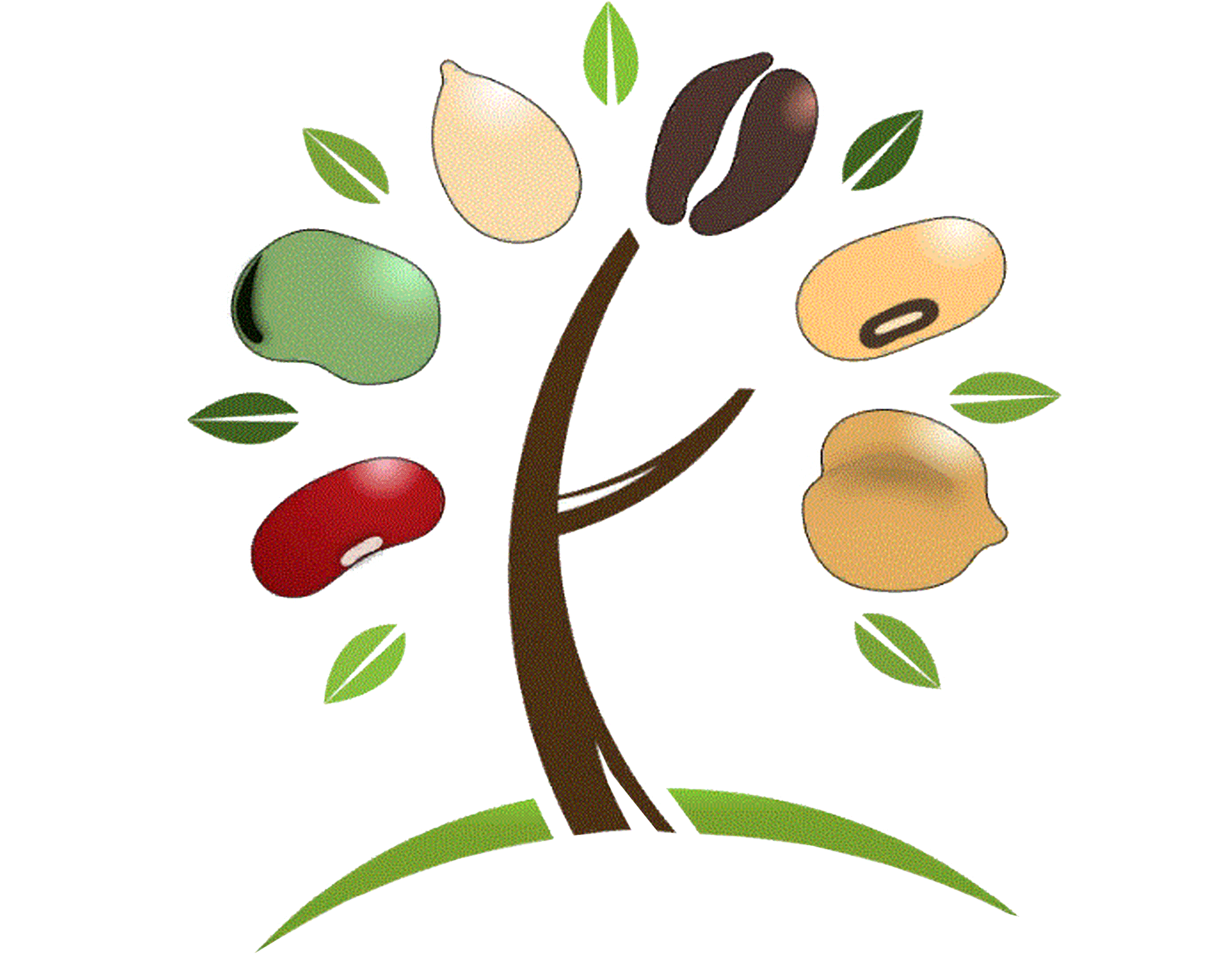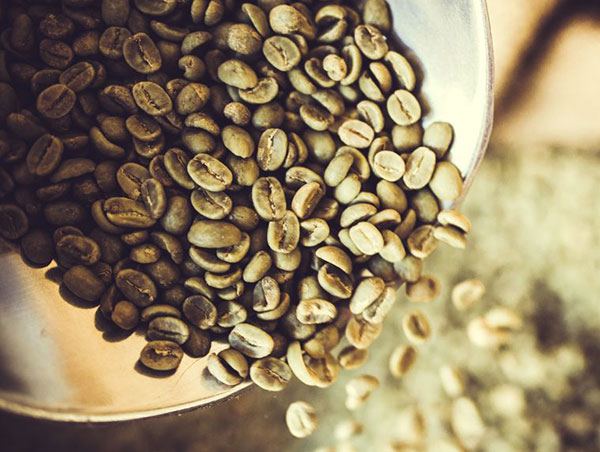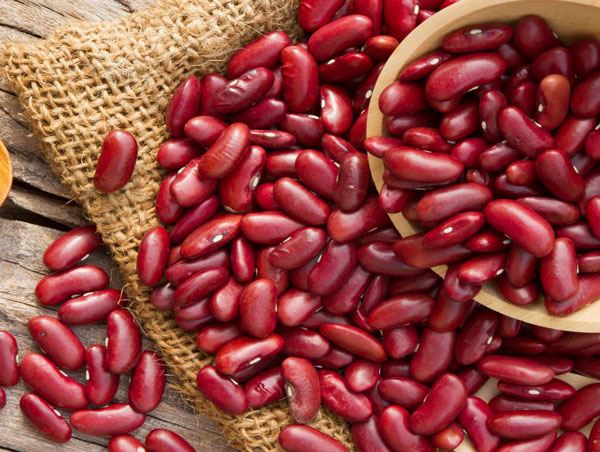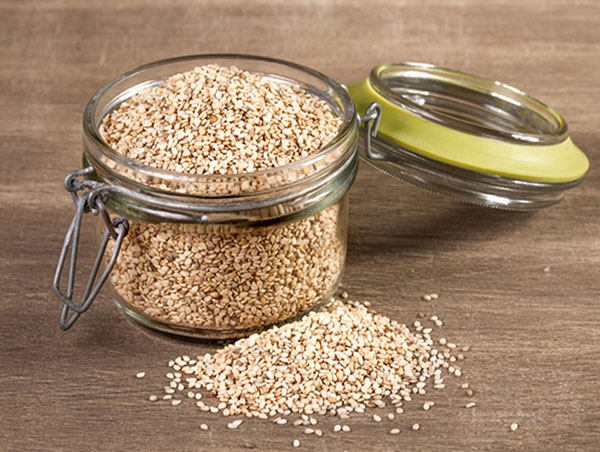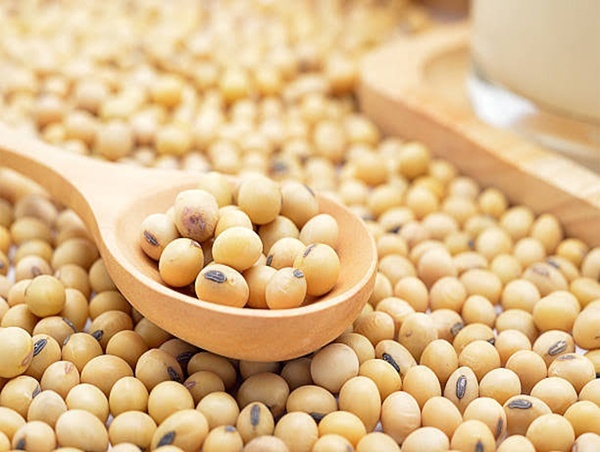- Home
- /
- Sesame
Sesame
Ethiopia’s economy is mostly based on agriculture, comprising of half of the gross domestic product (GDP), 83.9% of exports and 80% of employment. The country has great agricultural potential because of its vast areas of arable land, diverse climate, mostly sufficient rainfall, and large labor pool.
Ethiopia is one of the hearts of several oilseeds as they are indigenous and on high demand in the international food market, which therefore increases their value. Sesame is Ethiopia’s most vital oilseed in both local and export markets. The country mostly trades the crop in whole, raw form.
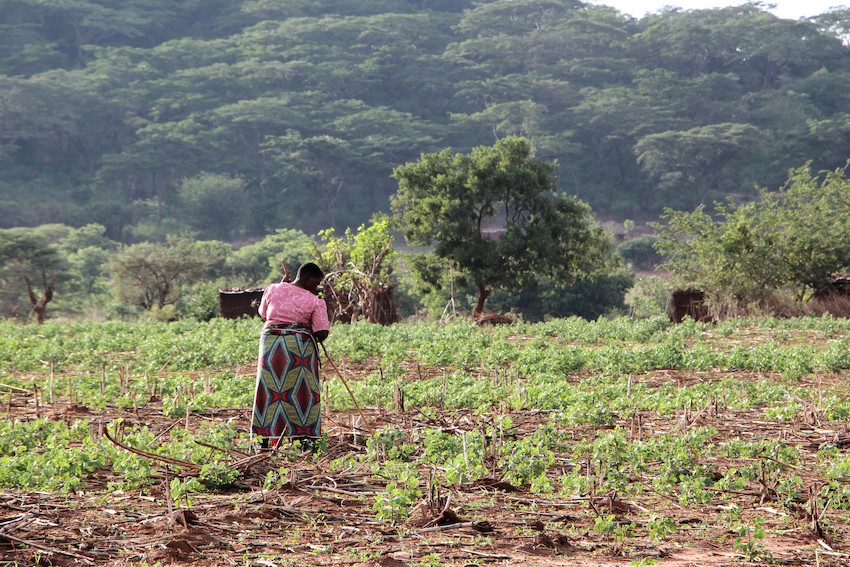
Production Regions
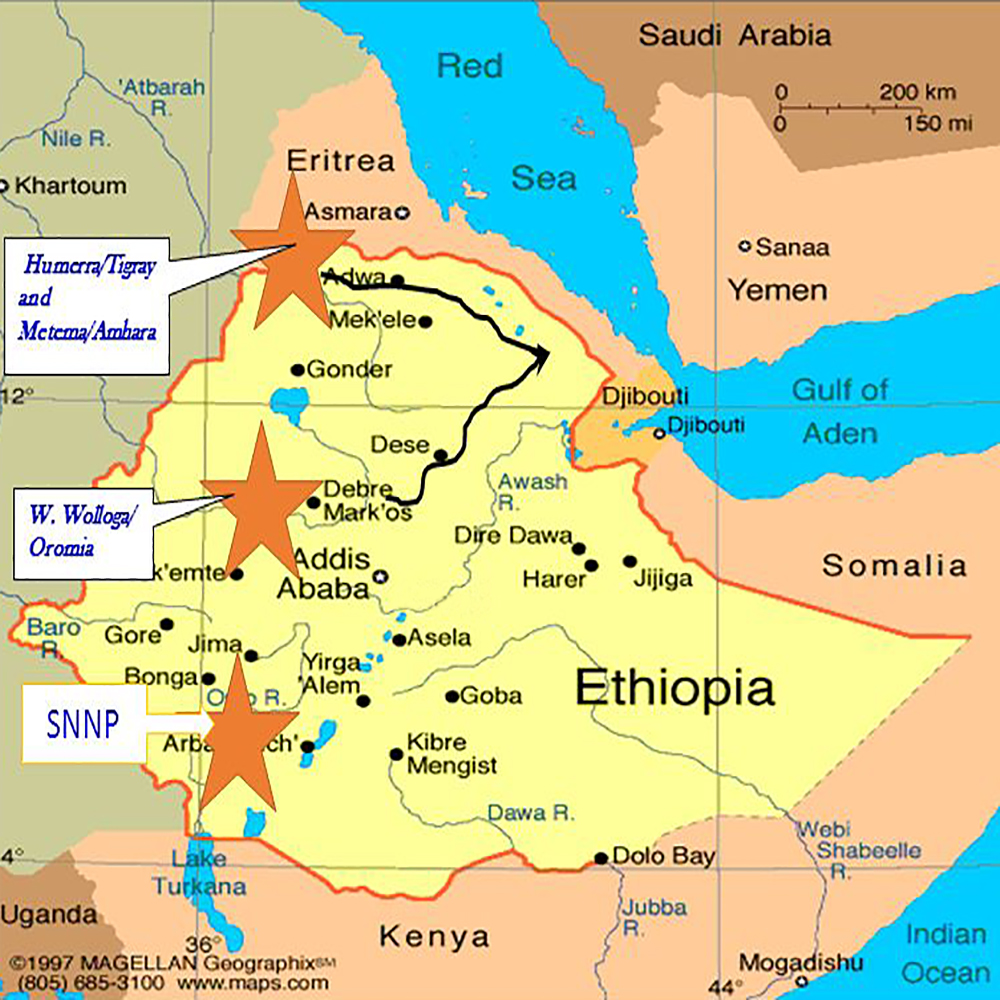
The Ethiopian sesame seed is ranked as one of the best in the world and is one of the countries that harvests the seed the in the world. Sesame is only the second most exported commodity from the country, coffee being the first. The origin of the seed is unknown but rumour has it that it originates from the Horn of Africa. It is studied that Ethiopians have grown and cultivated the seed for many centuries since the climate diversity is ideal for the crop.
Sesame is mostly produced in Gambella and other southern regions. Farmers in Humera, and Welkayit also cultivate sesame since it is their main livelihood. Other regions include Benishangul-Gumuz and Tigray. The Amhara region produces the most sesame in the north of the country. Other producing regions are Metema and Wollo.
Season & Varieties
Types of Sesame Seeds
There are 14 different types of sesame seeds in Ethiopia. The best quality comes from Wollega and Humera. It contains the highest oil content, which is between 54% to 56%. The seed’s colour is white or ashen-grey. In order to thrive, the crop needs from 600mm to 100mm of rainfall per annum.
Other sesame seeds in Ethiopia include:
Adi: White-coloured. 42% to 48% oil content.
Kelafo-74: Dark-coloured. 42% to 46% (Found at less than 500 meters above sea level).
Obsa: Beige-coloured. 52% to 54% oil content (Found at 1250 meters to 1650 meters above sea level).
Days For Maturity
Sesame planting begins in June. Maturity of the seed can from 90 to 130 days after planting. The maturity of the seeds depends on the climate such as how much rainfall the region experienced. The harvesting period in Ethiopia is from October to November.
In short:
Plantation: May to June
Harvest: October to November
Main Exported Seeds
The pulse is mainly exported raw. There are two types of sesame.
which are:
- Whole seeds: clean and intact.
- Broken seeds: fragmented pieces.
Kilograms Per Hectare
The amount of sesame produced is around 730 kilograms-per-hectare.
